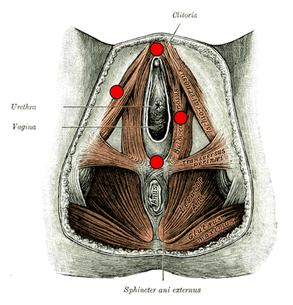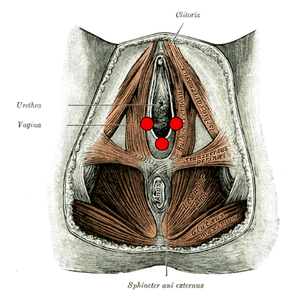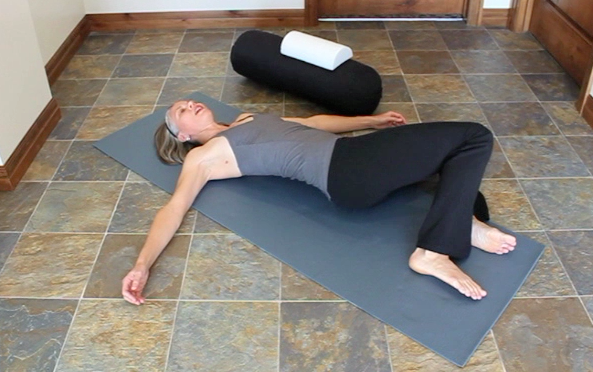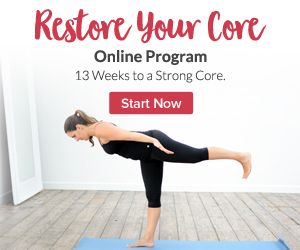Vulvodynia is a pain condition of the female genitals: clitoris, vestibule (vaginal opening), labia, and perineum.
There are two main subtypes of vulvodynia:
- Generalized Vulvodynia is pain in different areas of the vulva. Pain occurs spontaneously and can be relatively constant. Activities that apply pressure to the vulva, such as prolonged sitting, wearing pants, riding a bicycle typically make the symptoms worse.
- Vulvar Vestibulitis Syndrome (Provoked Vestibulodynia) is pain in the entrance to the vagina, (vestibule). Often a burning sensation, this type of vulvar pain comes on only after touch or pressure, such as during intercourse or placing a tampon. This type is further classified as Primary: pain experienced with first attempt of vaginal penetration, or Secondary: woman has experienced pain free penetration prior to the development of pain.
Self Care Strategies
Avoid Irritants to the vulvar tissue
- Use dermatologically approved detergent and don’t use fabric softener.
- Use unscented toilet paper that’s soft and white.
- Wear 100% white cotton underwear, menstrual pads, and tampons.
- Avoid getting shampoo on the vulvar area.
- Avoid perfumed creams or soaps (no Massengill or Summer's Eve cleaning products), pads or tampons, and contraceptive creams or spermicides.
- Avoid hot tubs or pools with lots of chlorine.
- Rinse the vulva with cool water after urination and intercourse.
- Avoid foods that make urine more irritating. This may include foods such as greens, beans, berries, chocolate, or nuts.
- Wear loose-fitting pants and skirts; don’t wear pantyhose.
- Keep the vulva clean and dry.
Relieve pain and ease pressure
- Use a water-soluble lubricant during sex. Olive and coconut oil can also be used as a lubricant.
- Avoid activities that put direct pressure on the vulva. This includes bicycling and horseback riding. Intense exercise that creates friction at the perineum.
- Learn how to sit with a neutral pelvis, this decreases pressure on the coccyx and tailbone. LImit sitting time to 20 minutes, then get up and move around.
- Soak in lukewarm or cool sitz baths.
- Apply heat, ice or a frozen gel pack wrapped inside a hand towel.
- Relaxation techniques and walking can improve blood flow, increase circulation and calm the nervous system.
Make an appointment with your local Pelvic Health Physical Therapist
- www.womenshealthapta.org
- www.hermanwallace.com
- If you are in the Salt Lake City, UT area contact me:
Resources













 RSS Feed
RSS Feed